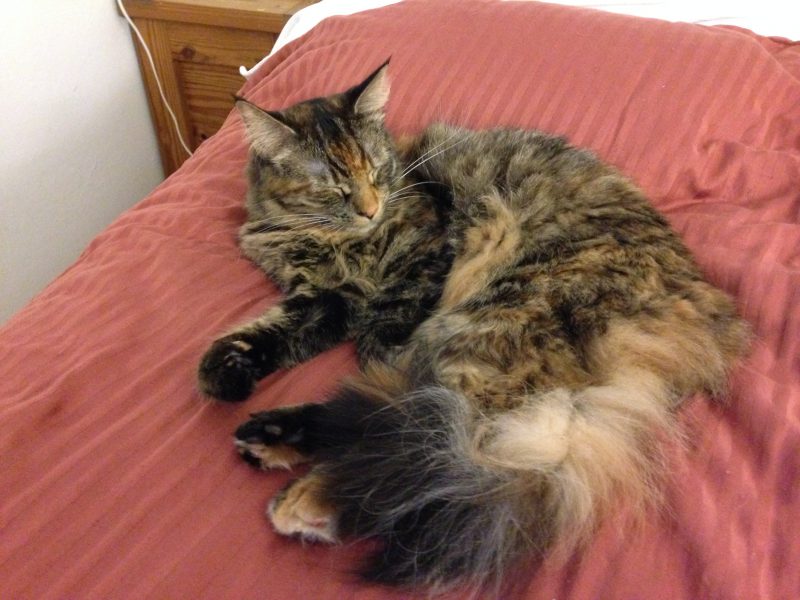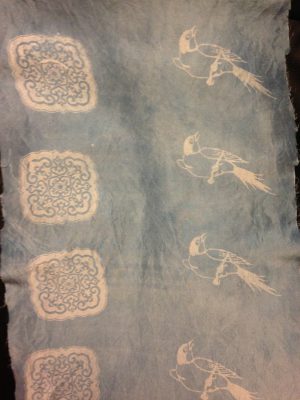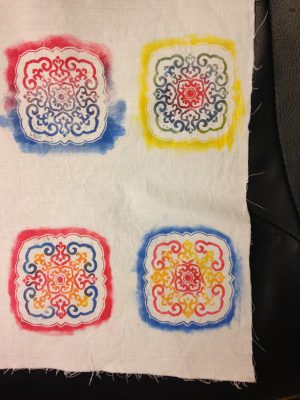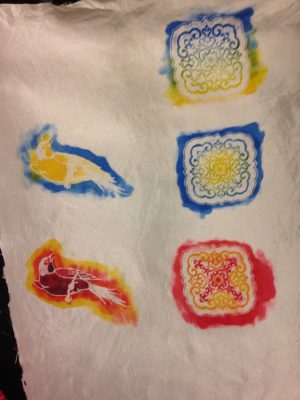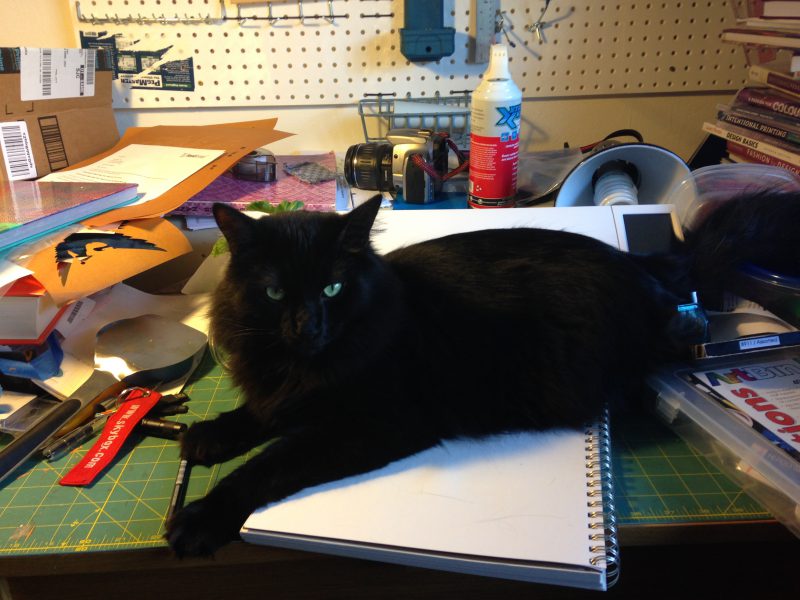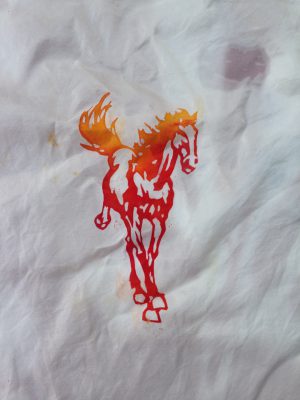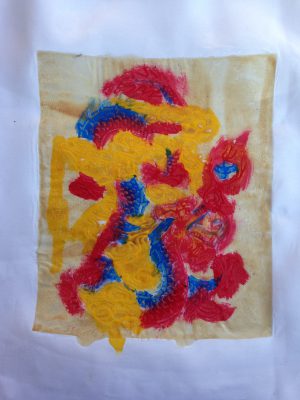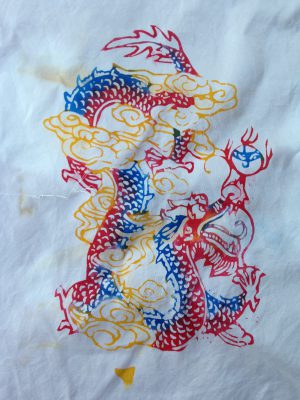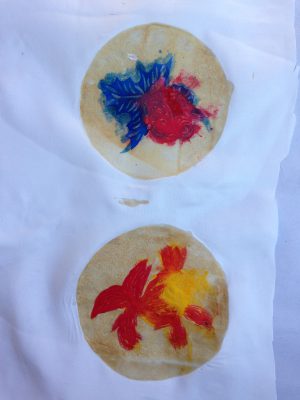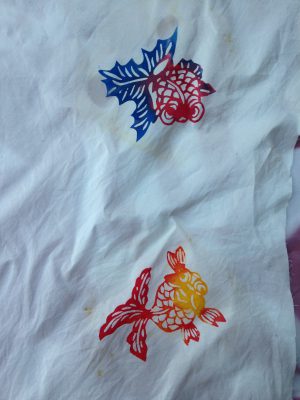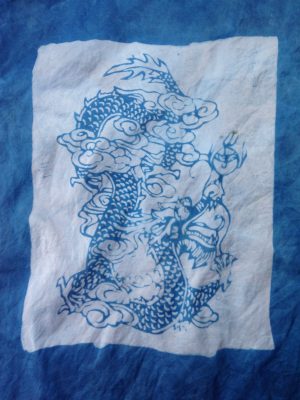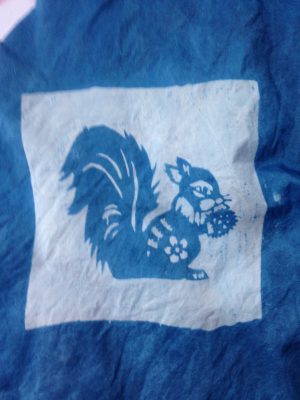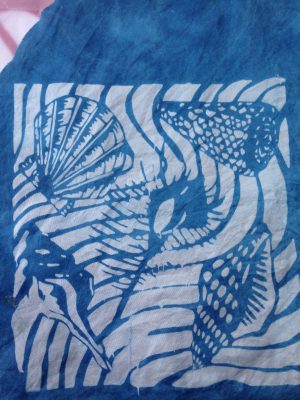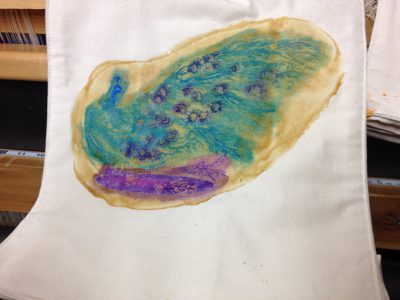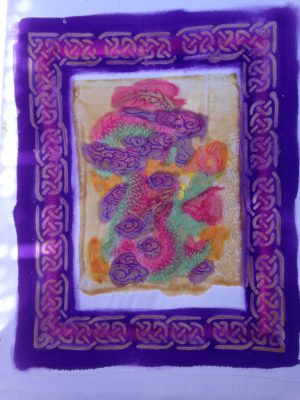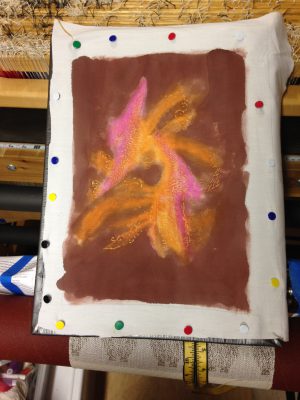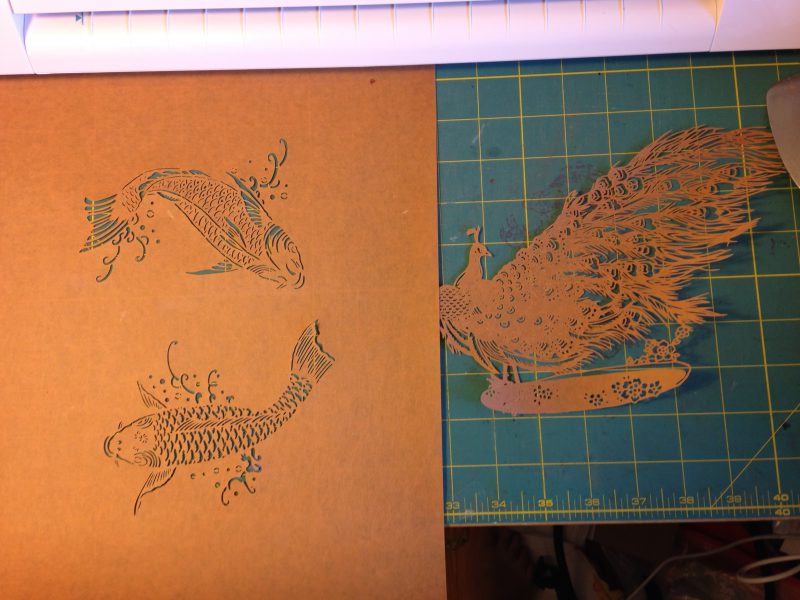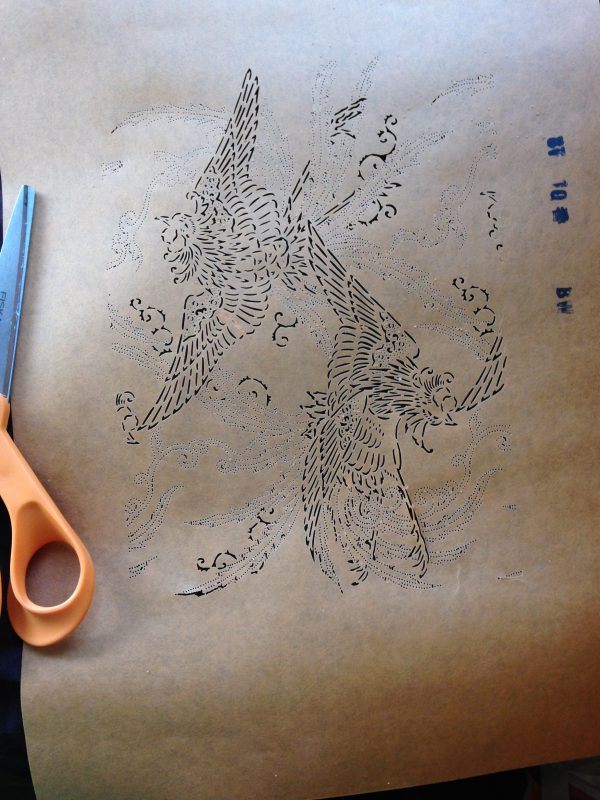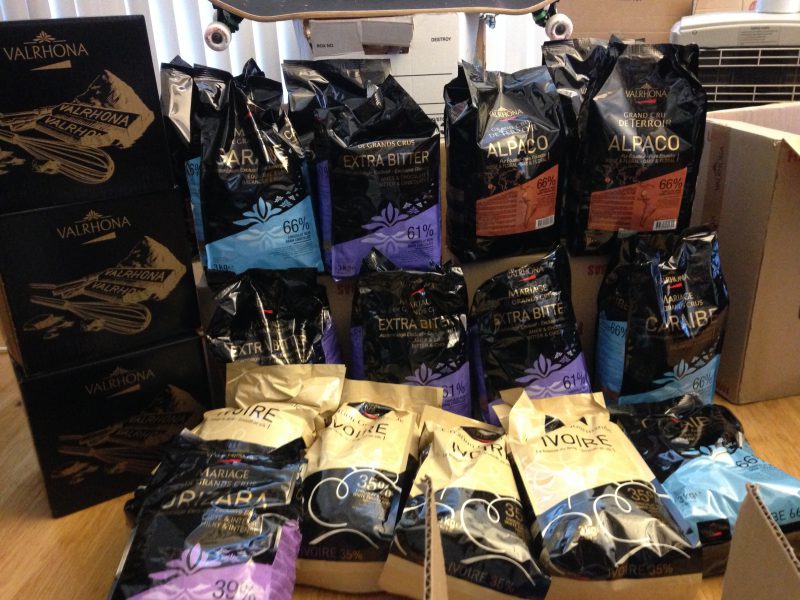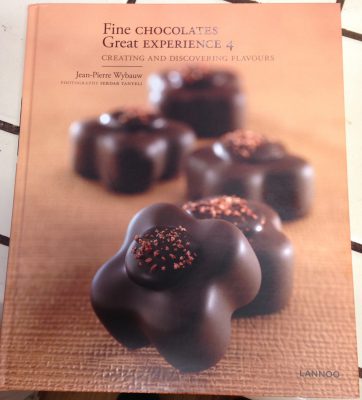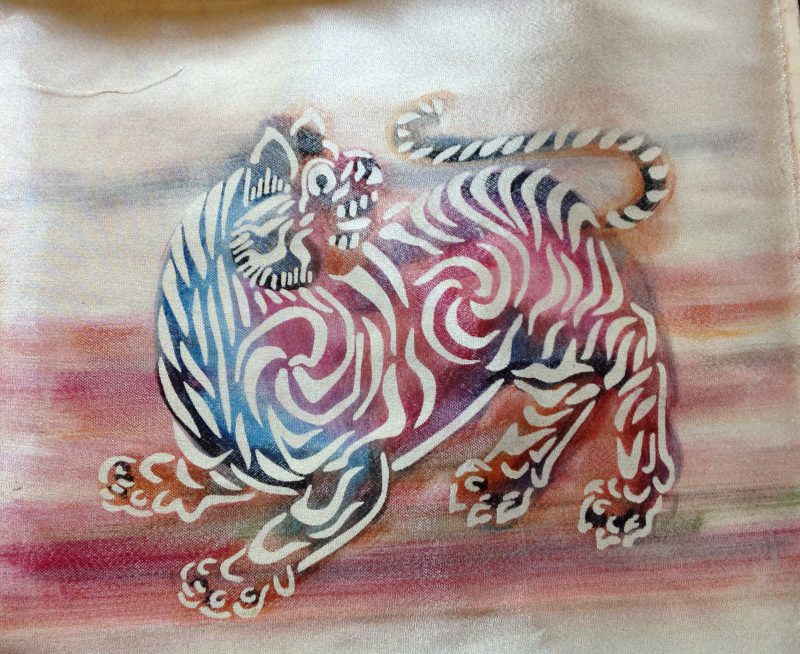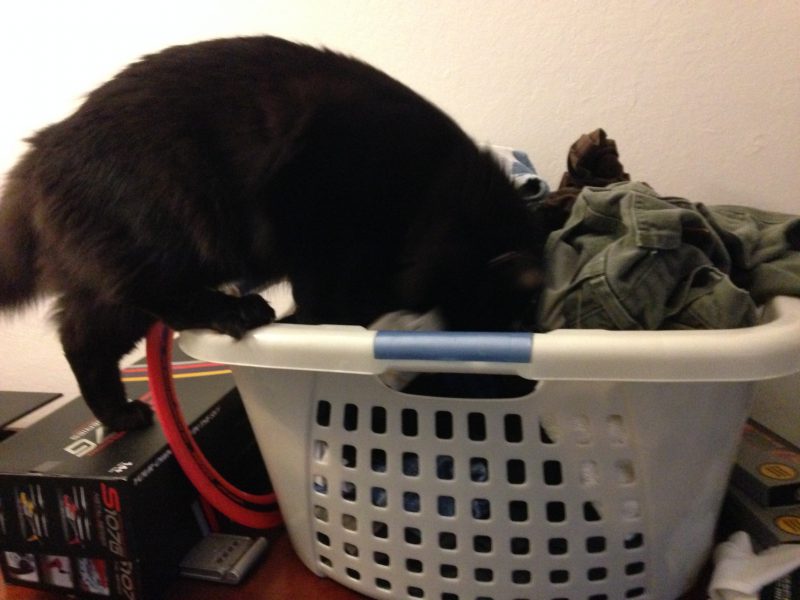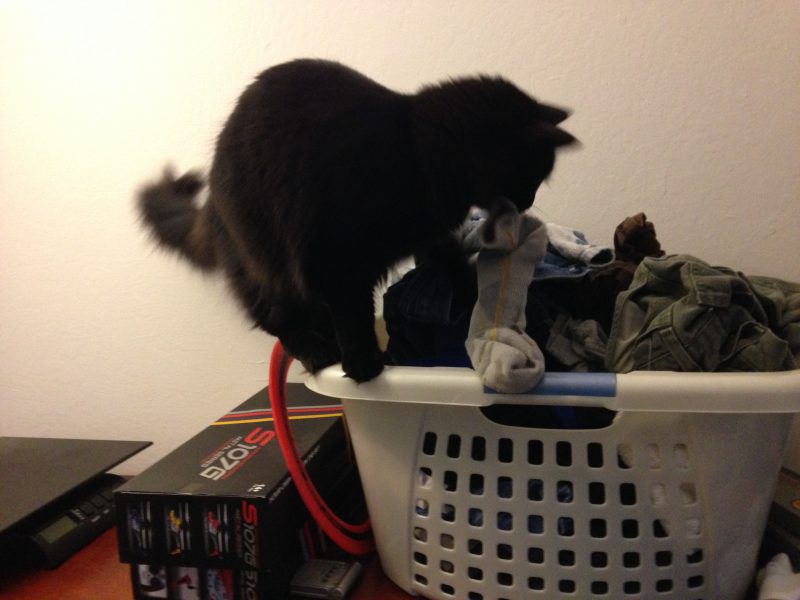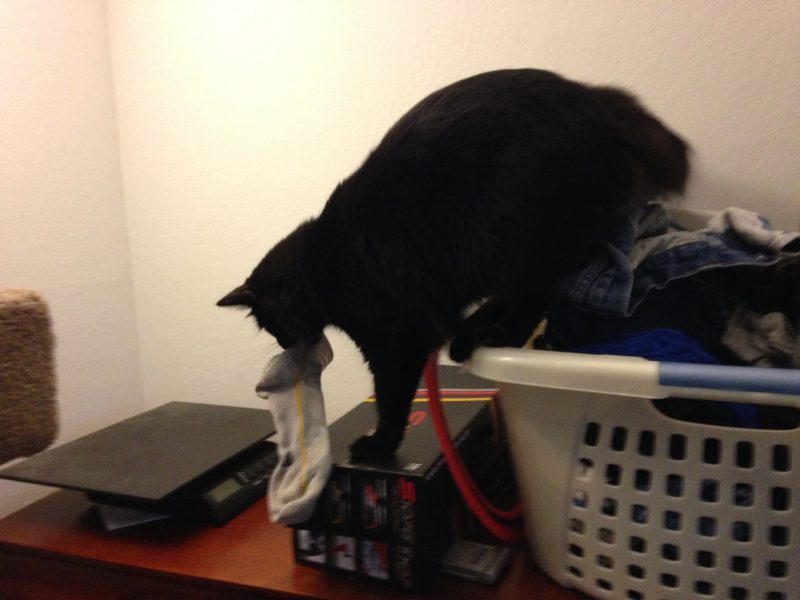I’ve spent a good chunk of the last few days studying jacquard weaving. No pretty pictures yet, of course – the loom won’t arrive for another four months! But it is becoming obvious to me that it will take serious study – a month or two at least – before I’m prepared to do any serious jacquard design. I would like to work with a wide range of structures, and to do that I need to understand each structure and how to construct it, either in Photoshop or jacquard weaving software. I’d also like to evaluate jacquard weaving software – probably Arahweave – to see if the features justify purchasing it over Photoshop. That means installing it and playing with it to understand how it “thinks”. All that will take time, so it’s a good thing I have several months to work on it!
I’ve started my education by rereading The Woven Pixel by Alice Schlein and Bhakti Ziek. This has lots of great information about using Photoshop for jacquard design. I’m also reading through Digital Jacquard Design by Julie Holyoke, which is very good but quite dense. I’m trying to get through both books this week, if possible. Next week I go back to work, and between that and writing my book, I will have much less brainpower at my disposal. I doubt I can achieve a full understanding of both books in the next five days, but I can at least make a decent start.
I also had a wonderful visit with Susie Taylor, a very talented weaver who lives nearby. Aside from being an wonderful handweaver (her woven origami pieces are amazing), she’s also an industrial jacquard designer, and has generously offered to help me figure out jacquard design. I visited her studio yesterday and she showed me a big pile of jacquard samples she had designed for industry. It was eye-opening. Most of the handwoven jacquard pieces I’ve seen have been quite simple, structurally – shaded satins, double twills, lampas. Susie’s work included matelasse (with a stuffing weft held between two layers), tissue weaving (an extra weft inserted in certain areas of the fabric, but not used through the entire piece), and seemingly complex color patterns that use just two wefts at a time, as in Fair Isle knitting.
And those techniques were just the tip of the iceberg! It was fascinating to see the variety of structures and techniques used in her designs. It gave me a lot to chew on – there is far more freedom in jacquard design than I had thought. It reminded me of the Shakespeare quote, “There are more things in Heaven and Earth, Horatio, that are dreamt of in your philosophy.” Certainly there is more than I had dreamed. I’m really excited, and looking forward to learning more.
Speaking of the book, I am almost done! I’m currently writing exercises for the last few chapters – only three or four more exercises to go. Then some clean-up work, and I’ll be ready to send it out to artists so they can review their quotes and send me any photos they are willing to provide. I’m hoping to finish this by the end of the week, and start sending out the book next week. That is two weeks ahead of schedule. Which is wonderful – but I’m trying not to get complacent. There is still a lot to do between now and August 1 (the publisher’s deadline for the manuscript), and I’m sure to hit some roadblocks in between. So I am doing my best to get ahead of schedule and stay that way.
Katazome-wise, I am pleased to say that I managed to get some good screen prints with katazome paste. Here are two of my samples:
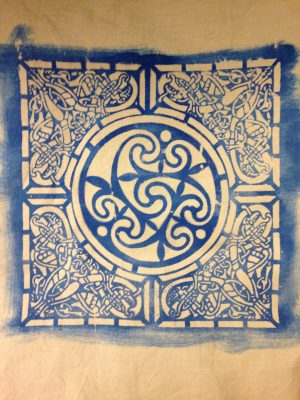
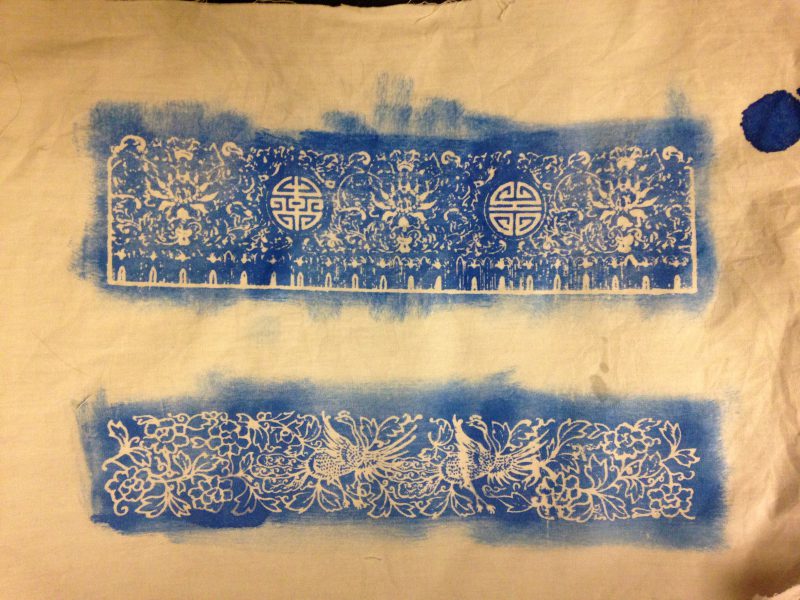
In the second photo, I was testing to see how fine a line I could produce. It looks like 0.5 or 0.7 mm is the finest line I can achieve. In the top design, only part of the elaborate, delicate scrollwork appears. In the bottom design, which is a bit bolder, the pattern comes out perfectly.
(For the technically curious, to get this to work, I switched to a bell nose squeegee – the kind Speedball puts out – and held the squeegee at a 45 degree angle for the first 2 passes, then at 20 degrees for the final pass. This deposited a heavier layer of katazome paste than previously, thick enough to stand up to a stenciling brush.)
Finally, here is a lovely photo of Tigress napping. She looks so adorable and innocent in the photo, you’d never suspect her of having shredded an entire roll of toilet paper a few days before.
